Living on the edge: conservation genetics of seven thermophilous plant species in a high Arctic archipelago
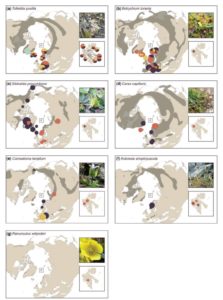 The Arctic provides numerous opportunities to study how climate change and isolation affect plant populations. Birkeland et al. queried the genetic diversity within isolated populations of seven heat-loving (thermophilous) species in the high Arctic (74° – 81° N) Svalbard Archipelago, near the well-known seedbank. These thermophilous plants are thought to be relicts from early Holocene warm periods (9000 – 5000 years ago). The populations studied show low genetic diversity, probably due to founder or bottleneck effects and limited gene flow. This low genetic diversity may limit the ability of these rare plants to benefit from ongoing Arctic warming. AoB Plants 10.1093/aobpla/plx001
The Arctic provides numerous opportunities to study how climate change and isolation affect plant populations. Birkeland et al. queried the genetic diversity within isolated populations of seven heat-loving (thermophilous) species in the high Arctic (74° – 81° N) Svalbard Archipelago, near the well-known seedbank. These thermophilous plants are thought to be relicts from early Holocene warm periods (9000 – 5000 years ago). The populations studied show low genetic diversity, probably due to founder or bottleneck effects and limited gene flow. This low genetic diversity may limit the ability of these rare plants to benefit from ongoing Arctic warming. AoB Plants 10.1093/aobpla/plx001


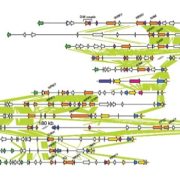
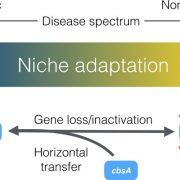
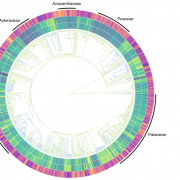
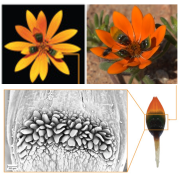
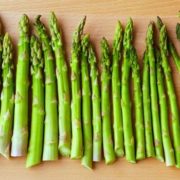

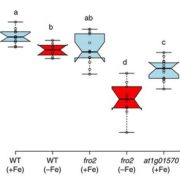
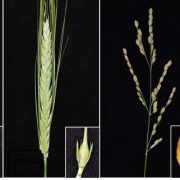


Leave a Reply
Want to join the discussion?Feel free to contribute!